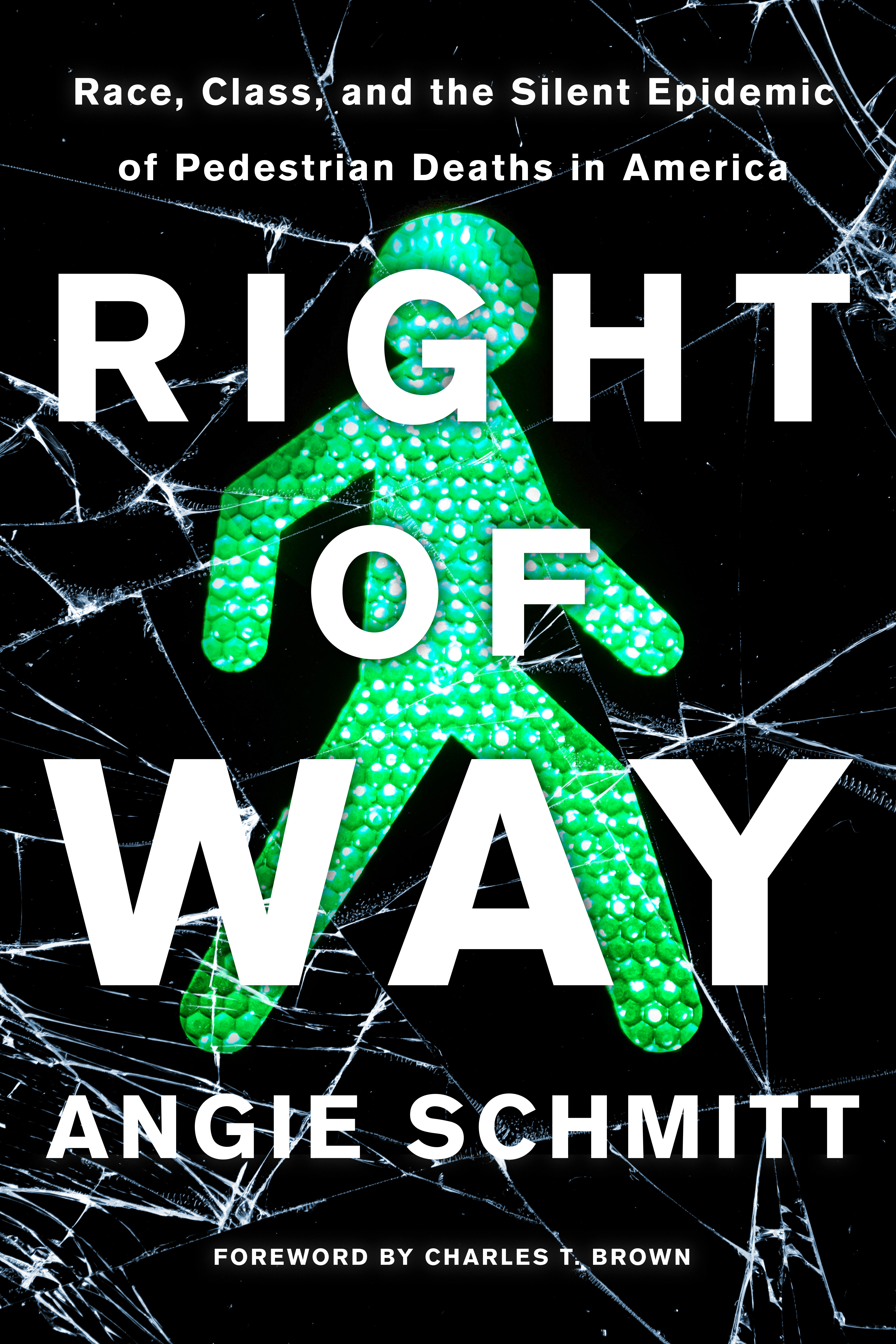What do you think?
Rate this book


248 pages, Paperback
First published August 27, 2020
Clayton County [GA] pedestrians have worn dirt paths in the grass up and down Tara Boulevard. Tara Boulevard was never designed to accommodate large numbers of pedestrians; it was designed to be a rural highway, and the mismatch is deadly. Seven people were killed on Tara Boulevard between 2011 and 2015. Another 17 were seriously injured... Meanwhile the Clayton County Police Department's solution has been to ticket pedestrians.
Despite their early efforts at segregation, counties like Clayton have experienced dramatic racial change. The first waves of migration began when the Atlanta Housing Authority began shuttering high-rise public housing projects in the 1990s. Spurred on by the federal HOPE VI housing program, which encouraged the creation of mixed-income housing, public housing in Atlanta was decimated, and only a small portion of those units were replaced by mixed-income housing.
 (This gif is a joke.)
(This gif is a joke.)